Intro
The Shagya Arabian comes from the Austro-Hungarian Empire and was established during the Turkish occupation of the area that lasted until the end of the 17th century.
Read more
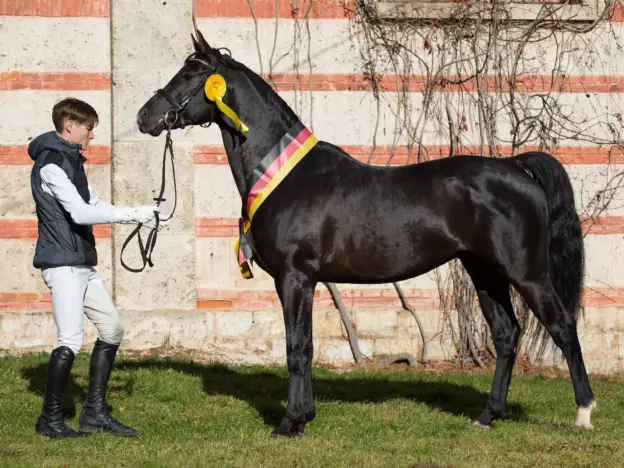
The Shagya Arabian comes from the Austro-Hungarian Empire and was established during the Turkish occupation of the area that lasted until the end of the 17th century.
Read more
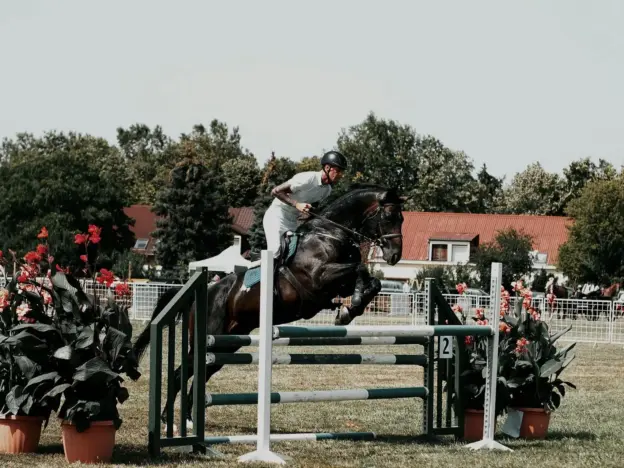
The Nonius comes from Hungary and this breed can all trace their lineage back to one flagship stud, an Anglo-Norman stallion by the name of Nonius Senior.
Read more
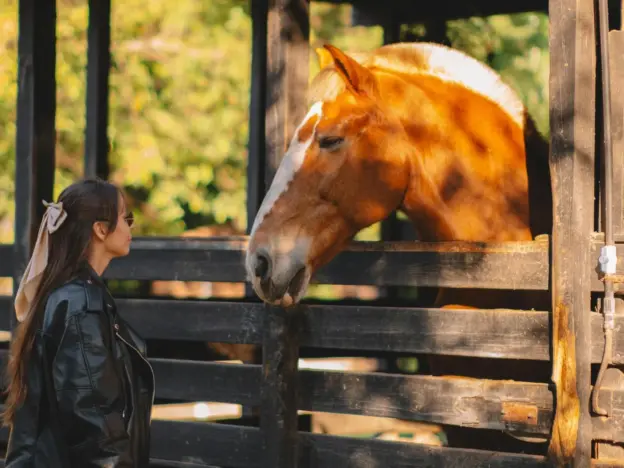
Also called the Mur Island Medjimurski, Murakoz and the Murakosi, the Mura was once quite a popular working horse in Hungary, however today their numbers are very low.
Read more
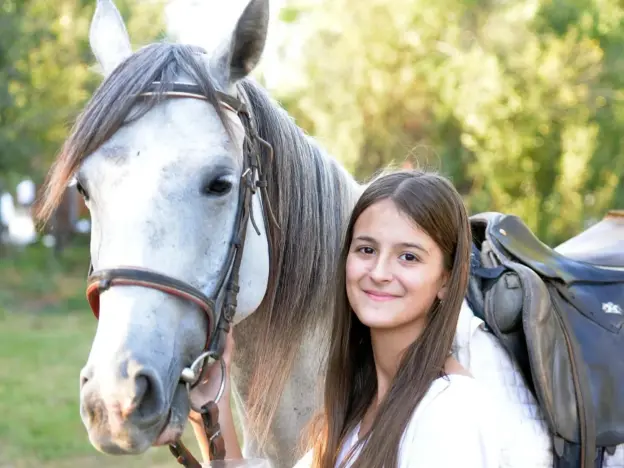
Also known as Hungarian Warmblood, the Hungarian Sport Horse comes from the Mezohegyes Stud in Hungary. They are a mix of European warmbloods and native Hungarian breeds.
Read more
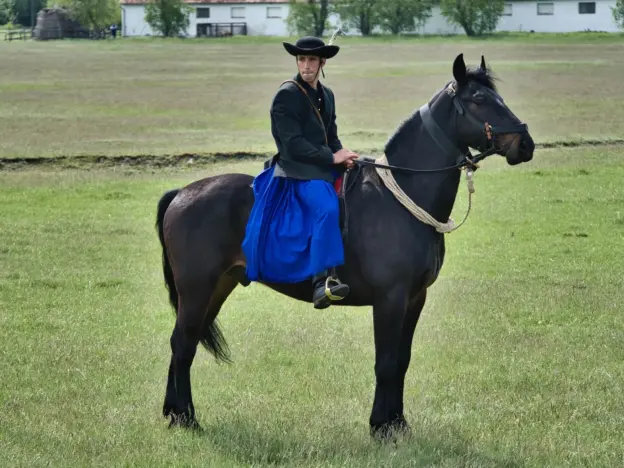
Also called the Leutstettener, the Leutstetten breed comes from Hungary. Breeding began early in the 19th century in an attempt to improve the local native animals. Breeding was taken seriously and very systematic with accurate stud books that date back to 1816.
Read more
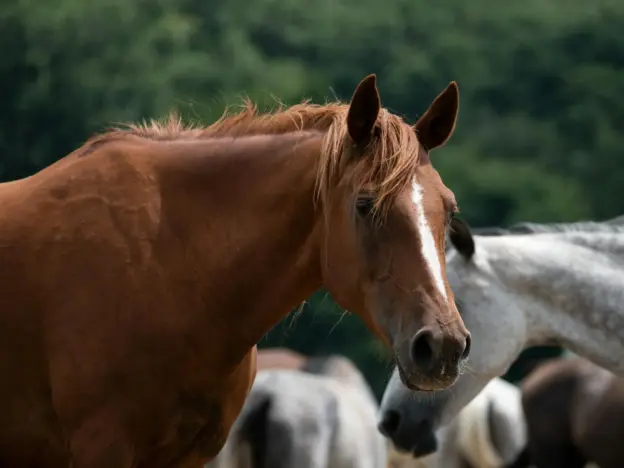
Also called Kisber Felver, the Kisber Halfbred was developed at the Kisber Stud Farm (est. 1853) in Hungary. The goal was to replace the often high strung English Thoroughbred with an animal that was more versatile to upgrade local stock.
Read more
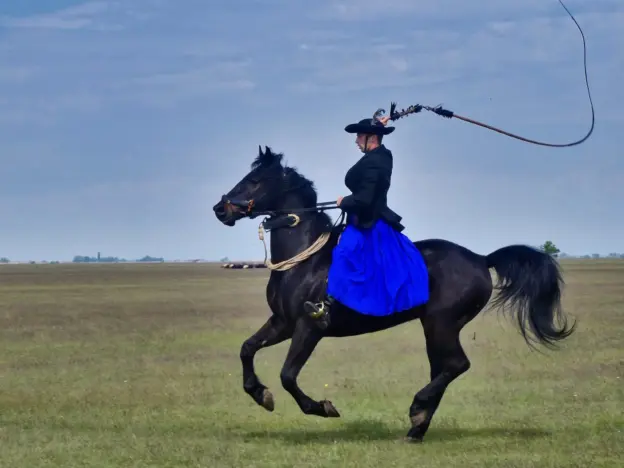
The Hungarian Horse can be traced back to the original people that settled the Carpathian basin 1,000 years ago called the Magyars. They were nomadic steppe people and descendants of the Huns so they carried a strong horse culture with them.
Read more
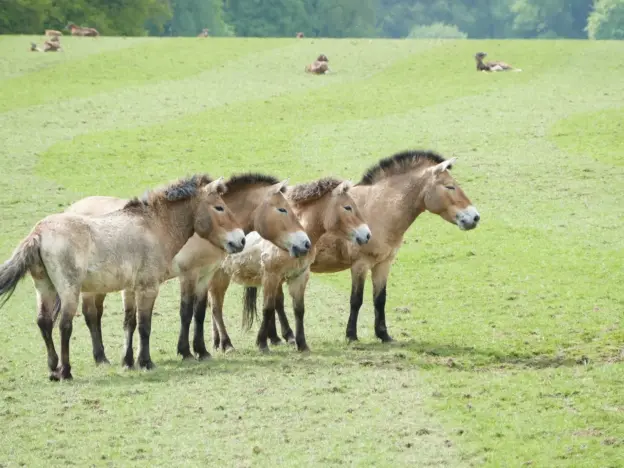
In 1971 the Hungarian Ministry of Agriculture and Nutrition decided they were going to preserve all of the native Hungarian breeds of livestock. One of the goals was to reestablish the aboriginal dun horse.
Read more
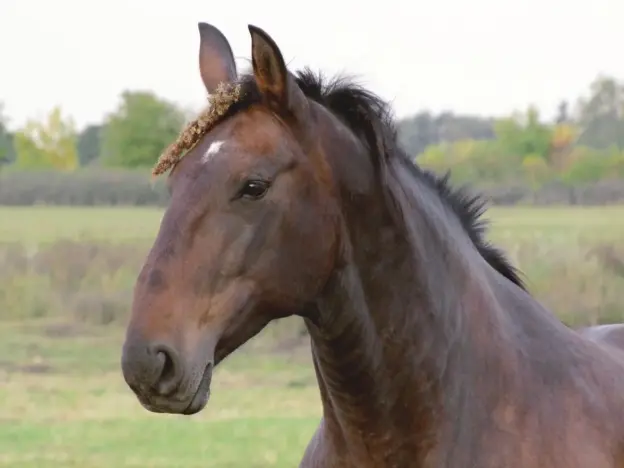
There is not a coldblooded horse native to Hungary, however during the 18th century draft animals were brought through. These larger and more robust animals were particularly valuable to people in a land filled with lighter animals and were often traded for. These animals became known as the Hungarian Coldblood, Magyar Hidegveru and Hungarian Draft.
Read more
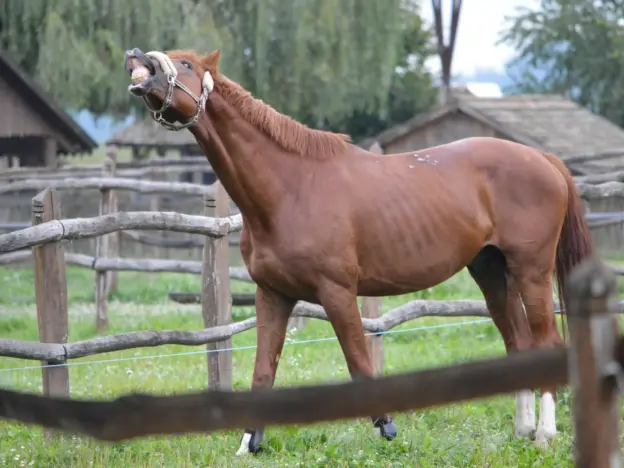
The Gidran is a Hungarian Anglo-Arabian breed that comes from a combination of Arabian and Thoroughbred bloodlines.
Read more